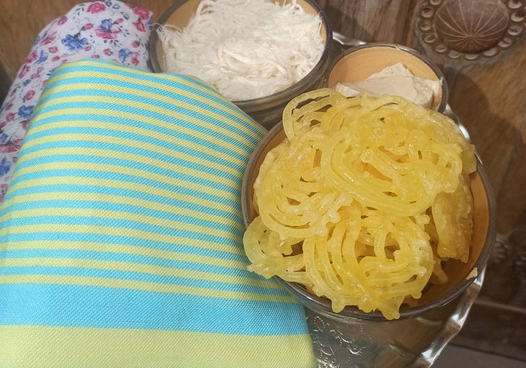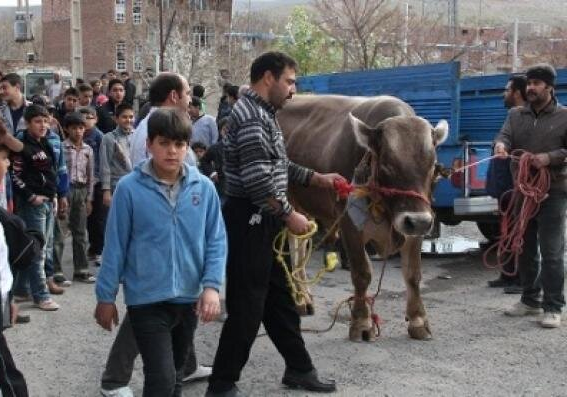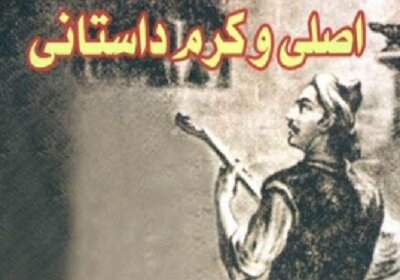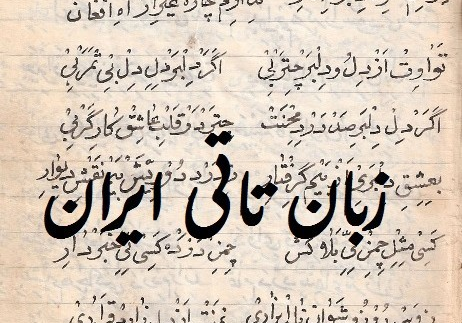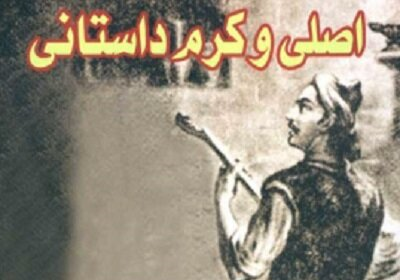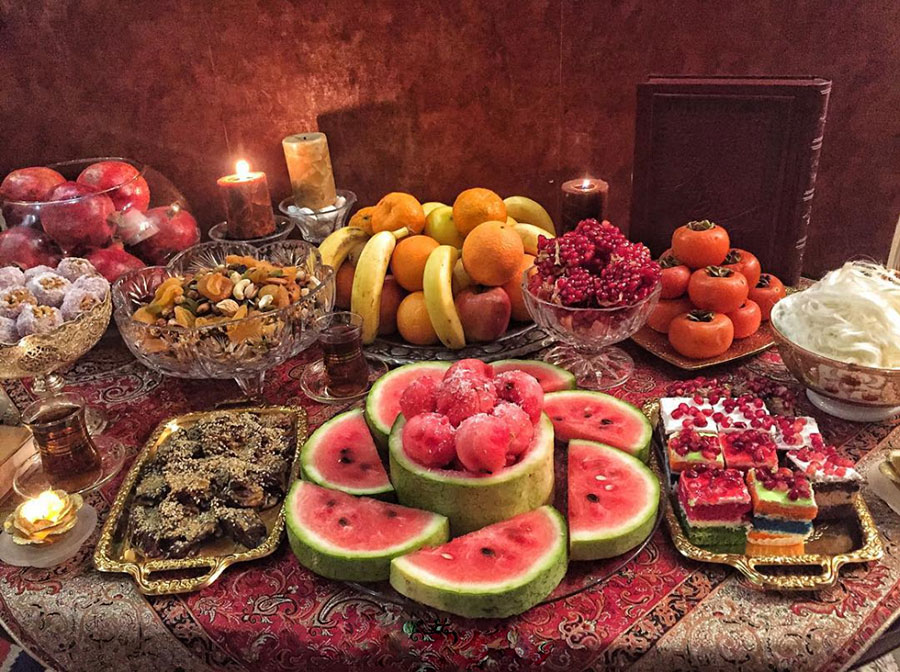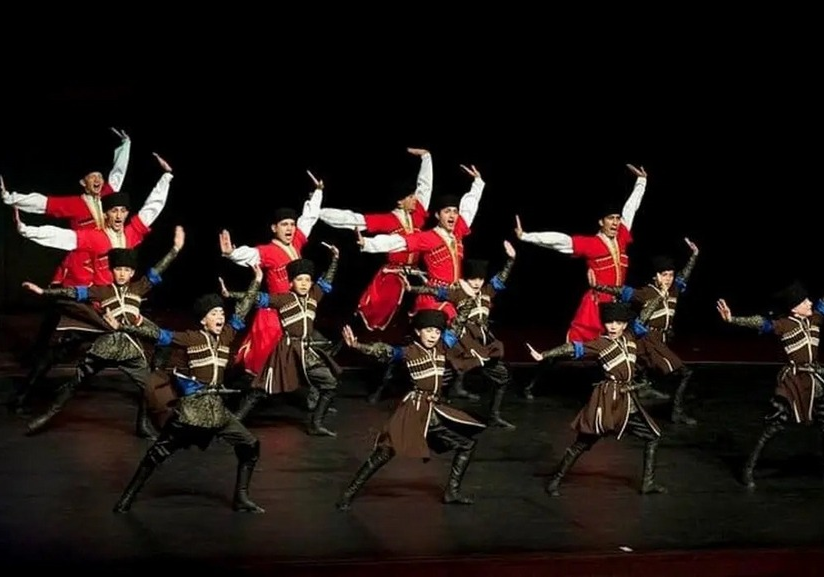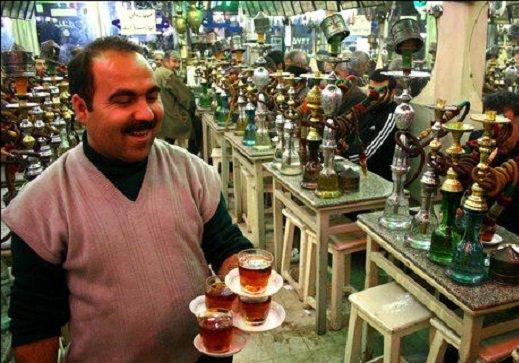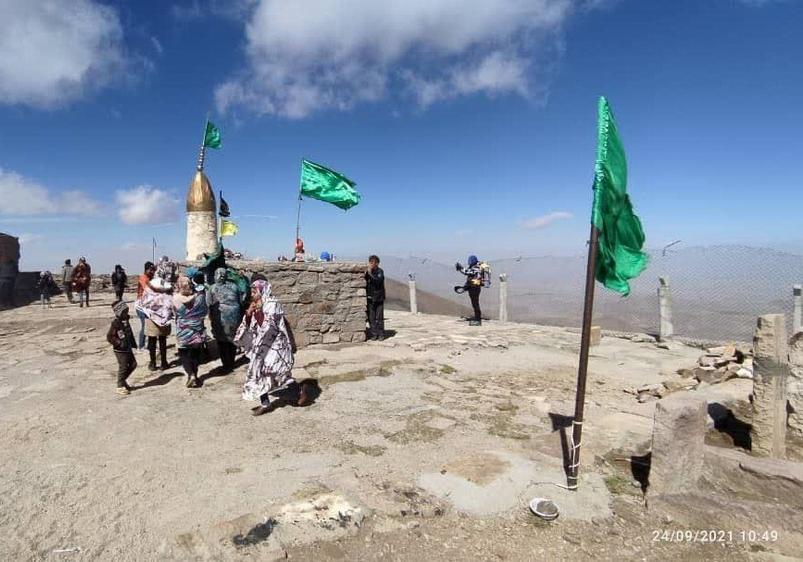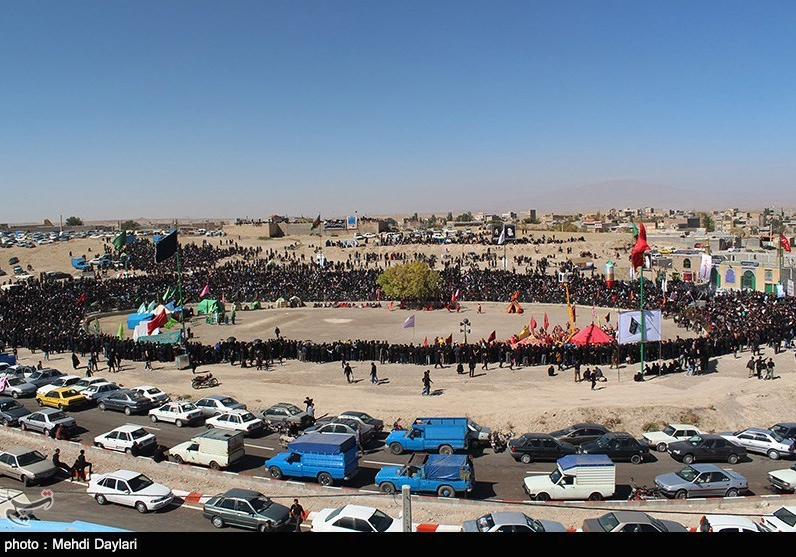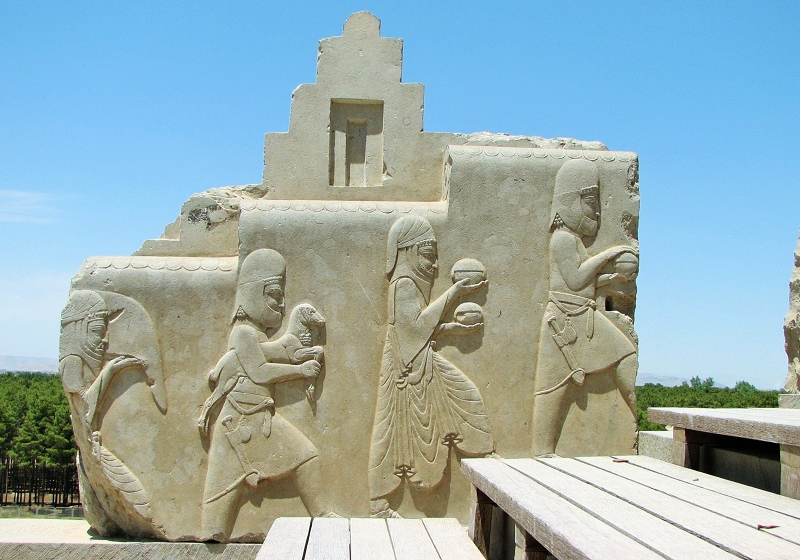
Nosal Festivity
Numerous rituals are held in Semnan Province, which can be divided into “mourning rituals” and “celebration and festival rituals”. Of course, there are other rituals, such as the ritual related to baking a type of bread, which can also be included in the second category. Presently (2024), 26 traditional rituals of Semnan Province have been inscribed on the list of Iran’s intangible national heritage one of which is the “Nosal” Festivity of Touye Village” of Damghan.
Where is Touye Village Located?
With a distance of 15 kilometers on the Semnan-Damghan road, Damghan is the closest city of Semnan Province to Touye Village.
Damghan City is one of the oldest regions of Semnan Province and “Hissar Hill”, “Tarikhaneh Mosque” (some experts believe that this mosque is the first mosque in Iran), and the “Hundred Gates” area are known as its most important historical sites. Touye village is also rich in history and remains of ancient architecture can be seen in it. There are also certain old rituals held in this village, which reflect the antiquity of its history. The diversity of historical sites and common rituals in Touye Village and its longevity have greatly increased the historical importance of this village.
Features of the New Year Celebration
The “Nosal” celebration is held every year in early August in Touye village. According to experts, this ritual has its roots in Avesta, as the month of Mordad (coinciding with August) was known as “Nosal” (lit. New Year) among Zoroastrians. Thus, this ritual should be considered as old as Avesta; although it is possible that this ritual was also popular among people who lived before this date.
One may wonder, if ancient Iranian Nowruz heralds the arrival of the New Year at the beginning of spring, why should a New Year ritual be held in the middle of summer?! In fact, the main ritual that is performed in the “Nosal” celebration is Thanksgiving. In this ritual, people thank God Almighty for the fruitful year they have gone through with regard to agricultural products, and pray that in the next year, the blessings on their fields and products will increase.
The ritual is held in the middle of August because, in the old calendars, this date was considered the beginning of the new agricultural year. In fact, this date was the time when the harvest operation would be complete and another agricultural year would begin. Today, despite the fact that agriculture in Touye is not practiced as in the past, and many people have professions other than agriculture, the “Nosal” ritual continues to be held in its traditional way. Of course, until a few decades ago, this festivity was celebrated in two or three days, but today it is limited to one day. The interesting thing is that this ritual is not held in any other part of Semnan Province, therefore, many people from different parts of this province and even far away cities and villages come to Touye to participate in it and at times the number of people present in the ritual stands at several thousand.
During this festivity, the people of Touye Village take part of their wheat crops to the historical mill of the village and turn it into flour, and with it, they bake bread and distribute it among those present in the ritual so that everyone can have a share of the blessing of a year of hard work.
The “Nosal” festivity was inscribed on the List of Iran’s Intangible National Heritage in March 2021.
According to experts, this ritual has its roots in Avesta, as the month of Mordad (coinciding with August) was known as “Nosal” (lit. New Year) among Zoroastrians
| Name | Nosal Festivity |
| Country | Iran |
| State | Semnan |
| City | Damghan |
| Type | National |
| Registration | No registration |
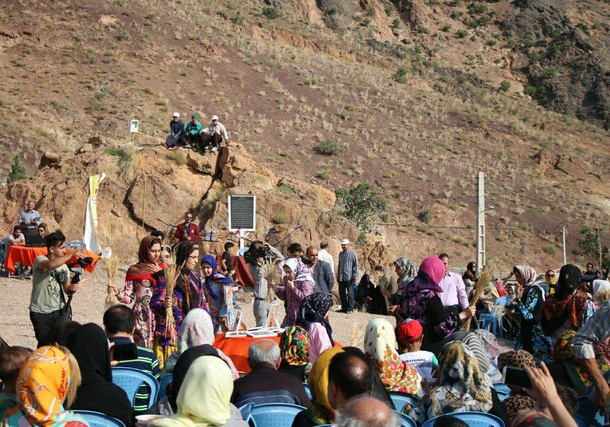
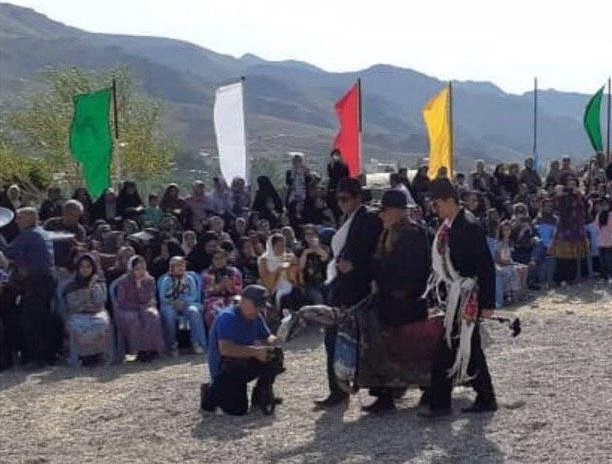


Choose blindless
Red blindless Green blindless Blue blindless Red hard to see Green hard to see Blue hard to see Monochrome Special MonochromeFont size change:
Change word spacing:
Change line height:
Change mouse type:
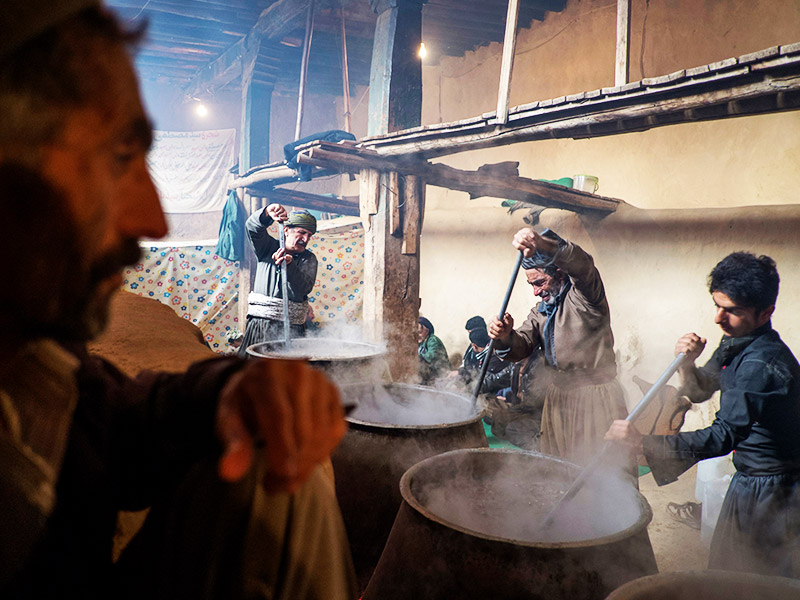
_1.jpg)
